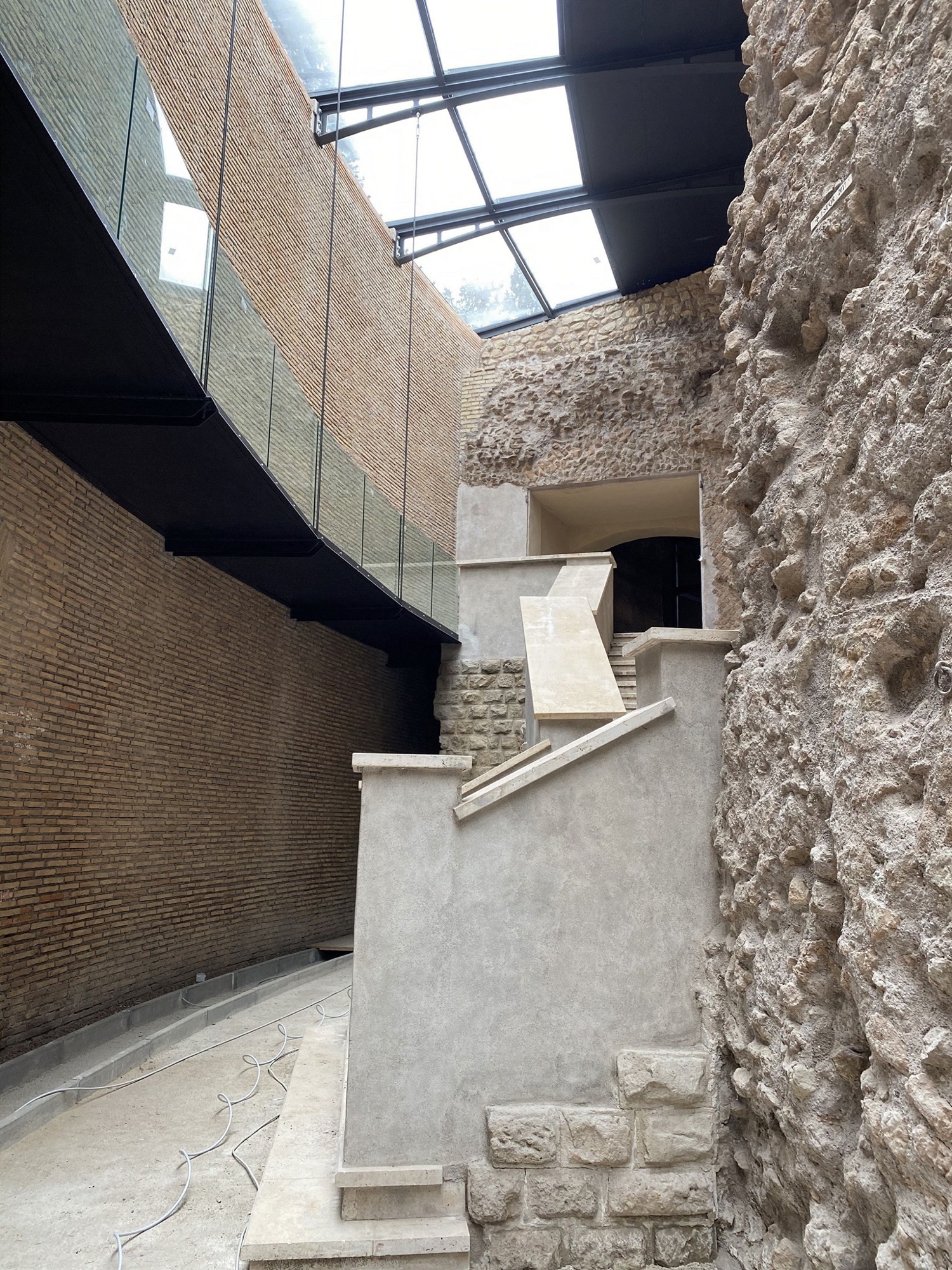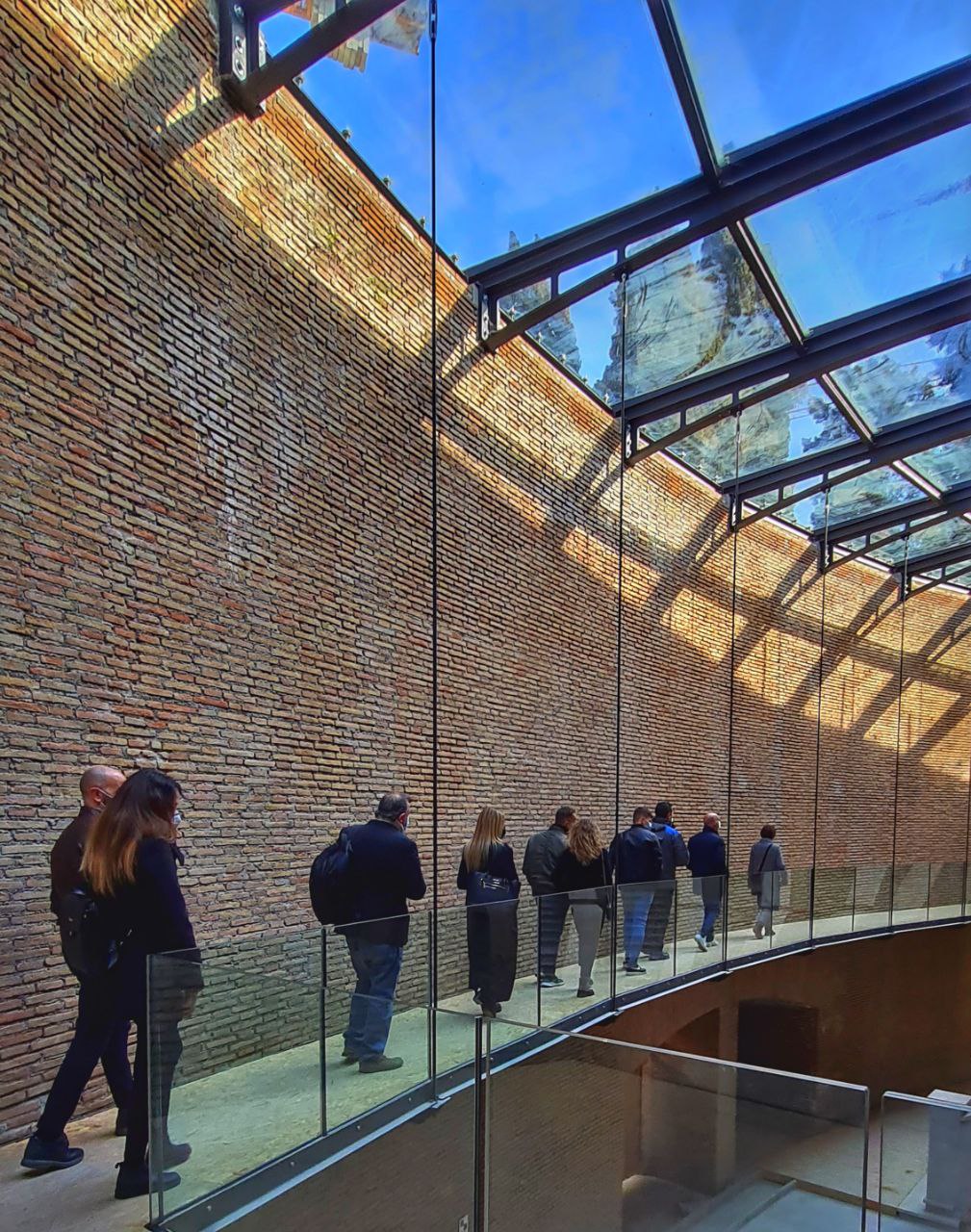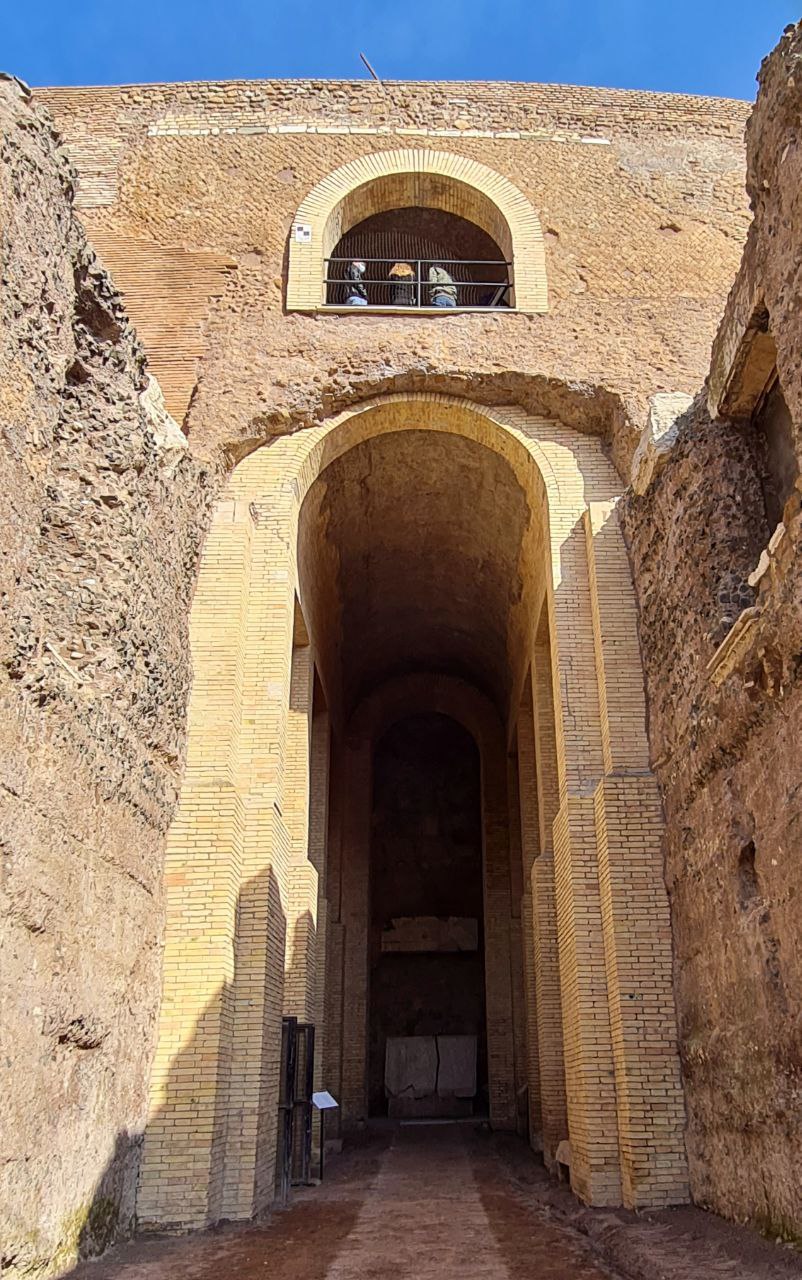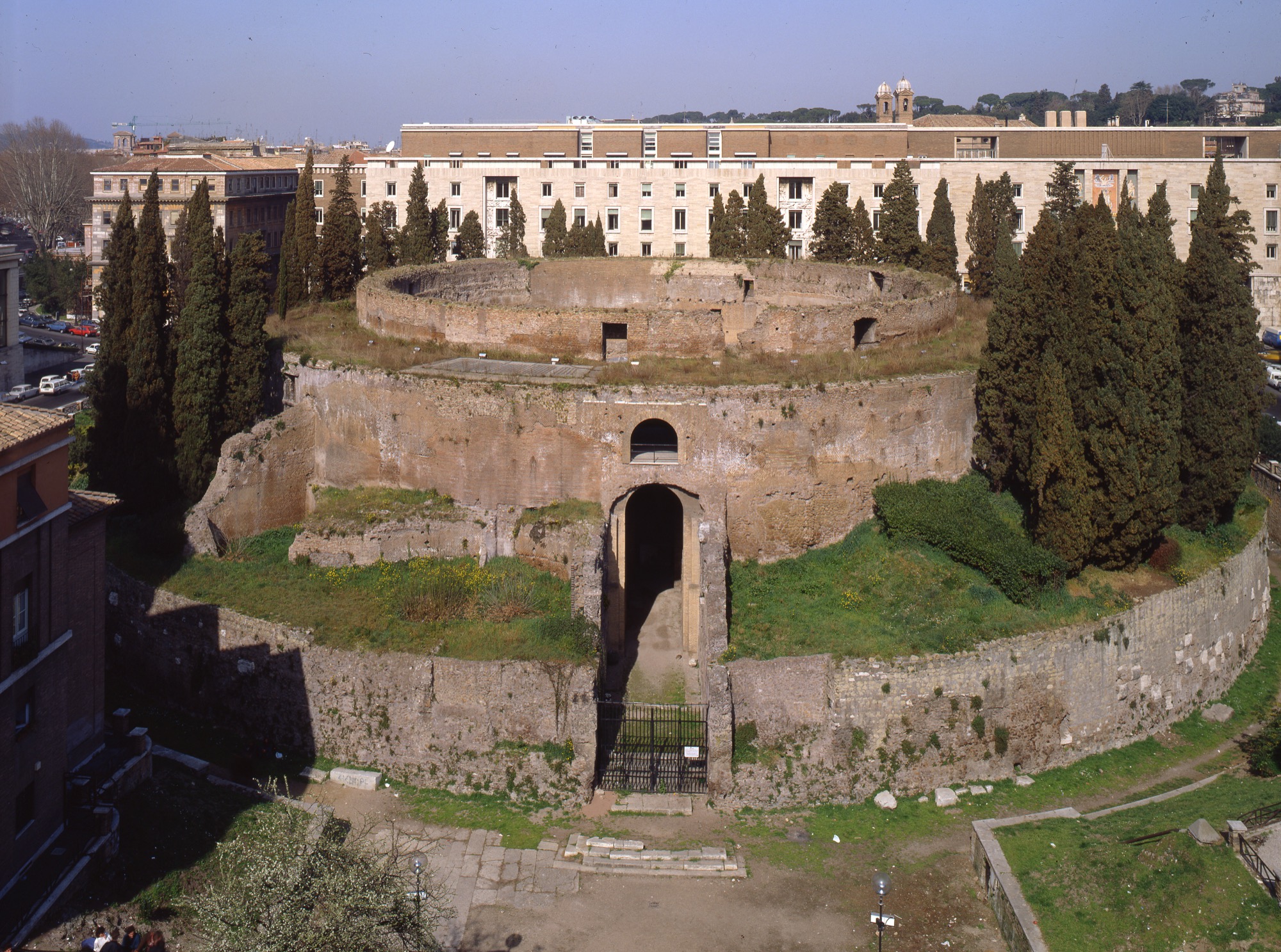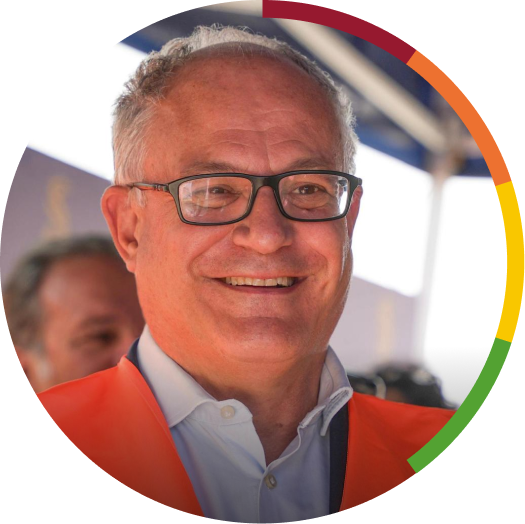Mausoleum of Augustus
Implementing party
Project description
The restoration of the Mausoleum of Augustus, along with the redevelopment of Piazza Augusto Imperatore, is part of the redevelopment project of the Historic City within the Aurelian Walls and, more specifically, of the recovery of the historic Trident of Rome - Via di Ripetta, Via del Corso, Via del Babuino - initiated by the Municipal Administration in the early years of the new millennium.
The International Design Competition, launched by the Municipal Administration in 2006, was the first step in a design process aimed at redeveloping the Mausoleum of Augustus and the public space that surrounds it, from the Tiber to Via del Corso, from the Academy of Fine Arts to Via di Ripetta. The conservative restoration, redevelopment and enhancement of the Mausoleum, which began in 2016, has been divided into several phases.
In 2007, the Mausoleum of Augustus was closed to the public to allow archaeologicalinvestigations to start prior to the implementation of the project for the recovery and restoration of the monument. The excavations revealed important evidence of the Roman period, such as the travertine block paving from the 1st century, as well as the remains of the medieval and modern buildings that covered the area.
The first phase of the work, completed in 2019, began the preparation of the museum itinerary of the Mausoleum, which allowed it to be the temporary reopened to the public in 2021.
The major consolidation, restoration and stabilisation work concerned the 14,000 square metres of masonry, the vaults by inserting iron beams and the placement of steel tie rods, as well as the creation of a rainwater drainage system and colour balancing. Three of the four staircases underwent significant consolidation by inserting new steel beams. Finally, the fourth spiral staircase, the only access to the top of the monument, was completely reconstructed in the collapsed part and reinforced in the remaining parts.
The second part of the work, which will last 18 months, will include: landscaping, the completion of the lighting and accessibility systems, restoration of the burial chamber and the complete preparation of the museum itinerary inside the concamera and outside the Mausoleum, also accessible to visitors with disabilities.
At the same time, work began on the renovation of Piazza Augusto Imperatore, designed by architect Francesco Cellini's group.
Status
Planning
Tender stage
Site
End of Work
Estimated completion date
Fourth Quarter 2026
Funding source
Roma Capitale Budget
Private funding
Ministerial Funds
Amount allocated
11.465.000,00 €
Details of financing
€ 5.061.965,94 Roma Capitale's Budget, € 2.000.000 Ministry of Culture, € 4.403.034,06 TIM

